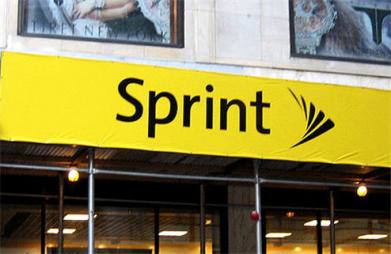 Sprint is set to launch an “aggressive roll-out” of LTE 4G technology on its network, starting in the middle of 2012, the third-largest US cellular carrier announced today.
Sprint is set to launch an “aggressive roll-out” of LTE 4G technology on its network, starting in the middle of 2012, the third-largest US cellular carrier announced today.
As part of the upgrade, Sprint will simplify its cellular site hardware, optimize its use of wireless spectrum, and kill off its iDEN network (which is used for push-to-talk features).
For Sprint, the announcement couldn’t come soon enough, as its WiMax 4G network is beginning to show its age, and both Verizon and AT&T have already launched their faster LTE 4G networks. Even T-Mobile, the smallest of the big four US carriers, has been more aggressive about its 4G plans with its HSPA+ network, which can achieve speeds close to LTE.
News that Sprint is going all-in with LTE was first reported last week.
The carrier describes its LTE rollout as “rapid.” It will launch its first LTE markets in mid-2012 and expects to be mostly complete by the end of 2013. Verizon, by comparison, expects to achieve nationwide LTE availability by 2013. Sprint says it’s still committed to WiMax for now, and it will be selling those devices until 2012. (But you can expect WiMax to be killed off within the next few years.)
Sprint’s new multimode hardware will allow it to combine 3G and 4G hardware, instead of running them as separate units. New integrated chipsets in mobile devices will allow them to take better advantage of multiple wireless spectrums and multimode technology. Sprint’s multimode antennas will be able to broadcast both CDMA and LTE across 800 and 1900 MHz spectrums.
Pending federal approval, the carrier will also offer LTE wholesale to Lightsquared in a deal worth $9 billion, which also gives Sprint access to the 1600 MHz spectrum.
The streamlined approach is a stark contrast to how Sprint has been running its network so far, which involves juggling multiple incompatible technologies.
To take over the push-to-talk capabilities of its iDEN network, Sprint recently launched its CDMA PTT Direct Connect Network. The transition from iDEN is expected to be completed by mid-2013, but it’ll be worth it, since the move means push-to-talk will be available more widely throughout the US. Customers will also be able to roam onto other CDMA networks and use push-to-talk.
All of Sprint’s upgrades will also improve the overall experience for its 3G customers. The carrier says its 3G network will offer faster data speeds and better in-building performance, and it’s also looking into using additional spectrum for voice calls.
Sprint is working with Samsung, Alcatel-Lucent, and Ericsson on the infrastructure side to deploy its new LTE network.

